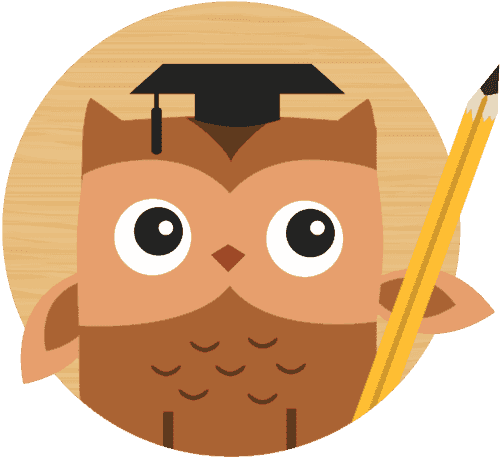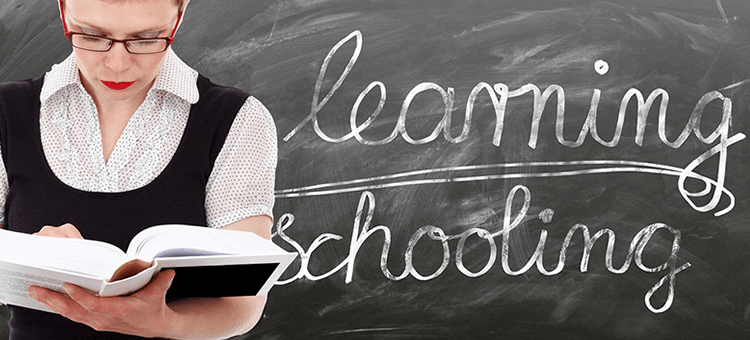Reading is an innate skill many people take for granted, but the act of reading and properly comprehending text is a very complex and interactive process. It needs several brain functions to work together and most often requires one to go through multiple layers of context and meaning. When kids have trouble reading, it can affect their academic performance to a great extent.
Poor reading skills and comprehension can lead to frustration, low self-confidence, and poor grades. Complexities with reading and comprehension can be improved with regular practice. By learning to read effectively we can build skills that will help improve our comprehension. Skilled comprehension requires processing letters and their associated sounds, word recognition, and text-processing competencies.
What is Reading Comprehension?
Reading comprehension is the potentiality to read a sentence and understand its meaning. It is the ability to look at words and process the real meaning behind them. Reading comprehension is not just understanding a single word or its’ meaning, it is the ability to recognize words, phrases, sentences, and paragraphs and make sense of the overall meaning. Around 41% of the parents say that their kids never enjoy reading. When they don’t like reading, it leads to a cycle of poor reading, comprehension, and grades.
Improving Reading Comprehension in a Better Way
Learners need exceptional practical guidance to improve their comprehension skills. As a parent or teacher, if you find your children or students are struggling with reading it is essential to find a strategic reading format that works better and incorporate that into their reading sessions. Based on research, the following are the strategies that might help improve children’s reading comprehension skills.
Decoding
Decoding is a vital step in the reading process. If a student cannot read a word, they cannot understand the text. It is essential that before starting to read the words, they should be receptive about the letters and their sounds which helps them to pronounce the word really well. Being able to sound out a word does not mean that the word is being understood as the child reads. When kids are learning to sound out words, it requires real mental effort.
The decoding process relies on the ability to connect individual letters with the sound they make. For instance, to read the word rain, children must know that the first letter makes the /r/ sound. The best way to help them improve their decoding skills is to teach them to identify and work with sounds through activities such as word games and you reading to them.
Vocabulary
It is essential for the readers to understand what they are reading and to understand most of the words in the text. Having a strong vocabulary is the key to reading comprehension. Getting exposed to more words will help improve any learners vocabulary. Having frequent conversations on a variety of topics which include new words and ideas will help children enhance their vocabulary skills.
Teachers can carefully choose interesting words and engage students in conversation. You can also make learning vocabulary fun by playing word games with students in the classroom.
World Knowledge
World knowledge affects reading comprehension to a great extent. Relating things with what we read helps them understand the content better. So it is essential for kids to know the background and/or meaning of the world when they read. They must be able to “read between the lines” and extract meaning even when it is not literally spelled out. This type of reading practice helps them to make inferences and draw conclusions on what they read.
Sentence Construction and Cohesion
Conceptualizing how sentences are built might look like writing skills. Inter-connecting ideas within and between sentences are very essential for comprehension. This skill is known as cohesion. This helps readers to get meaning from passages and the ability to connect ideas to other ideas in an overall piece of writing which is called coherence. Thus, sentence construction skills play a vital role in comprehending what we read.
Memory and Attention
Memory and attention are different but closely related to one other. These 2 are technically known as executive function. When kids read, attention helps them take in information and memory helps them hold on to what they read and use it to gain meaning & build knowledge from what they are reading. Self-monitoring is also an interrelated process to this. Readers should have the ability to recognize that they do not understand what they are reading and thus look for the better ways to understand things. To boost this ability in children, give them some interesting materials to read. Allow them to read slowly and tell them to re-check when they don’t understand a word or passage.
Asking Questions and Creating Mind Movies
Asking questions to children while they are reading increases their curiosity and makes them look for clues in the text. Frequent questions are very effective since it gives them a purpose for reading and makes them think very actively. This might be a great practice for young readers to improve their comprehension skills independently as well.
Visual images bring the text alive and mind movies make reading more interesting and engaging. Reading aloud with children and explaining to them what something is using visuals from your imagination might be very useful and creates a positive vibe on what they read.
Metacognition
The above term can be defined as thinking about thinking. Readers can have control and think about what they read using this strategy. Previewing and clarifying the purpose of reading is the core process of this practice. This helps them to monitor their understanding of what they read, then adjusting the reading speed to match the difficulty of the text, and lastly, solving any comprehension problems by themselves.
Graphic Organizers
Illustrating the concepts and relationships between concepts in a text is the main purpose of these graphic organizers. It might be maps, webs, graphs, charts, frames, or clusters that can help readers focus on concepts and identify how they are related to other concepts. These tools help the students to write a well-organized summary of what they read and to understand textbooks and picture books more easily.
Conclusion
Improving children’s reading skills and comprehension is something that parents can do in your home and teachers can do in their classroom each day. Good reading comprehension can be cultivated with practice. The basic aspects of reading, such as word recognition, phonics, and fluency, can be mastered by different ways. Follow these strategies to maximize your kids’ comprehension skills in an easier and better way.
If you are looking for tools to help you teach children these skills, you can download the WhizRead app which provides reading comprehension tools like text, sound, pictures, and videos to explain the meaning of any word or phrase.

